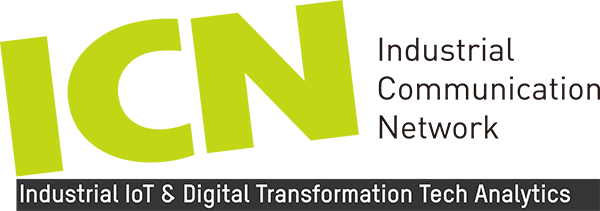Industry 4.0 requires comprehensive data collection in order to control highly automated process sequences in complex production environments. One example is the cultivation of living cells. But digitalizing and networking biotech production equipment is a huge challenge: relevant standards have yet to be established, and biology has a dynamic all its own. Using fully automated equipment for producing stem cells, Fraunhofer researchers have managed to adjust the process control to cell growth – delivering an adaptive system that is suitable for use in a number of sectors.
The term industry 4.0 is generally associated with the manufacturing of cars, machinery or industrial goods. But, as the partners (see box) in the StemCellFactory collaborative project show, the comprehensive networking of machines and products is also making headway in biotechnology. This is a particular challenge, because this field deals not with solid components but with living objects that – unlike screws or gears – change and multiply. Networked process control needs to take this into account and be able to adjust the process accordingly in real time.
The StemCellFactory project partners have set up a fully automated production line for culturing stem cells, which can develop into any kind of cell found in the body; experts call them induced pluripotent stem cells (iPS cells). Researchers from the Fraunhofer Institute for Production Technology IPT will be presenting the production line at the Hannover Messe Preview on January 27 and at the Hannover Messe (Hall 17, Booth C18 and Hall 2, Booth C16) from April 25 to 29. Medical expertise was provided by experts from the university clinics in Bonn and Aachen, among others. iPS cells such as these are necessary in the development of medications used in personalized medicine. They are obtained from adult body cells such as human skin or blood cells. First, a doctor takes cells from a patient. Next, these cells are reprogrammed to become iPS cells by adding certain substances. This causes the cells to revert to an embryonic state, from which they can theoretically differentiate into any cell type – even heart or nerve cells, which, owing to the risk to the patient, cannot be obtained by means of a biopsy. The pharmaceutical industry uses these cells for medical tests: since they contain the patient’s own genetic information, the cells are very useful for determining which medications will be effective.
Fully automated, modular production platform
To date, iPS cells are grown by lab specialists in a painstaking, time-consuming process. The number and quality of iPS cells that can be cultured depend entirely on how experienced the lab technician is. This is why the project aimed to develop fully automated, modular equipment that achieves both a high throughput and a consistently high quality of stem cells. The IPT experts were given the task of developing both the equipment and its control mechanisms. They faced a number of challenges, the first being how to network the various biotech devices – liquid handling robot, a microscope, an incubator, and the automatic magazine for storing cells and containers – in a way that permitted the use of process-control technology in the first place. “Despite the industry’s efforts to establish uniform interfaces for lab automation equipment, there is as yet no international standard for networking the devices used,” says IPT developer Michael Kulik. “That means plug and play is not an option, so we first had to develop a standard of our own before we could integrate everything.”
This approach achieved a very high degree of networking in order to allow the process-control technology and the lab equipment to exchange information. That in turn was the prerequisite for the equipment to adjust extremely flexibly to the biological processes at work. Cell growth is the decisive factor. As the cells grow in the cell culture vessels, they divide again and again. To ensure conditions don’t get too cramped for the cells, from time to time the pipette feeder robot has to distribute them among a larger number of fresh, empty cell culture vessels.
To this end, the microscope developed at the IPT regularly examines the growth density inside the cell culture vessels. Once a critical density is reached, the microscope sends out an instruction to rehouse the cells. “This is an example of the product, in this case the growing stem cells, determining how the overall process unfolds,” says Kulik. In other words: production has the capability to adjust itself to the present situation.
A user interface makes it easy to control each device included in the equipment. If the user needs to alter or add to the equipment’s process steps, there are pre-programmed blocks of instructions that they can simply drag into or out of the control menu. Staff can choose whether to operate the equipment in fully automated or manual mode.
The technology developed as part of the StemCellFactory project can also be applied in other situations, for instance in tissue engineering and the production of tissue models. It would also be possible to use it to manufacture gears, screws, engines, etc. in a fully automated way. The software is scalable, making it suitable for small and large production facilities alike. Since the programming is extremely flexible, the process-control technology can be transferred to any other production setup in need of adaptive control on the basis of current measurement data. During the Hannover Messe, visitors will be treated to a live demonstration of how the StemCellFactory is controlled remotely, specifically from Bonn.
The following are partners on the StemCellFactory project:
• Fraunhofer Institute for Production Technology IPT
• University Clinic Bonn
• Uniklinik RWTH Aachen
• HiTec Zang GmbH
• LIFE & BRAIN GmbH
• Max Planck Institute for Molecular Biomedicine
Further information: www.stemcellfactory.de
















